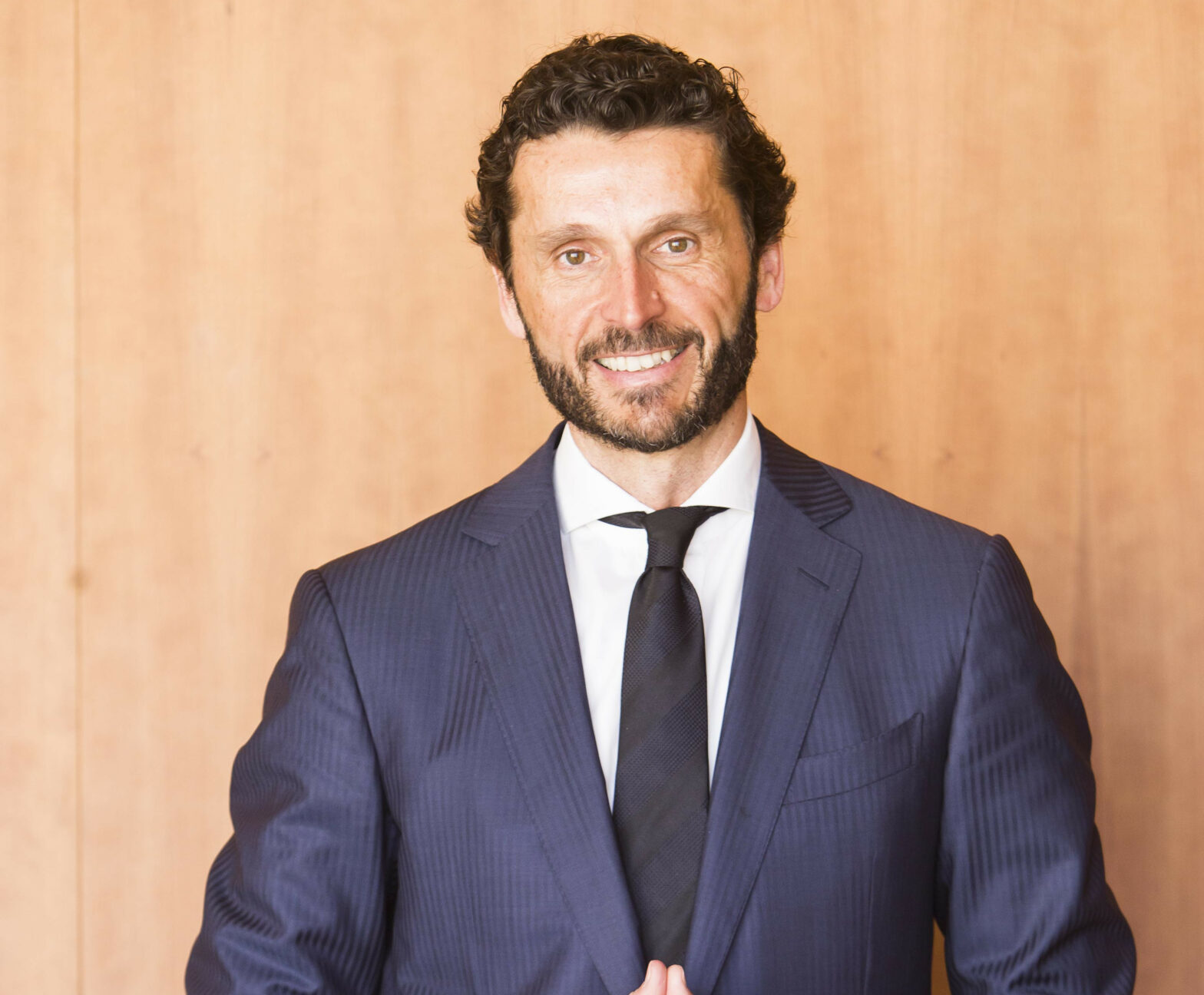Salesforce is obviously aiming to position itself to be the platform of choice for wearable devices in the enterprise at this early stage – what would you say to those who might accuse you of just jumping on the bandwagon?
We’re not investing in this area because it’s trendy and cool, we want to be there at the centre of the emerging wearables category because we believe wearables will allow companies to connect with their customers in whole new ways. The one area within the Internet of Things that’s exploding is connected devices, which we think will be in the region of 50 billion within the next three years, and wearables is a high growth category within that.
A lot of people talk about the Internet of Things, but we decided year or so ago to brand it as ‘the Internet of Customers’, because what we see is we don’t care about things. Ultimately behind every tweet, every app and every connected device there’s going to be a customer- that’s the whole reason to care about the Internet of Things.
> See also: The women in IT issue is not going away, says Salesforce
We’re the only company in world owning the ‘Internet of Customers’ space since we have something like 140 thousand customers at last count- most of the large companies in the world. We’ve seen the demand, we’ve seen our manufacturers and customers very interested, so we wanted to extend our platform and be a unified place for all of this.
What do you think gives Salesforce the edge over competitors like Samsung and Apple who are building large unified platforms for wearables data?
The approach of freeing wearables data from their silos makes a huge amount of sense. But nobody is doing on our scale and we already have the community of developers and customers, and a platform, Salesforce1, that is API-first. We’ve opened that up so you can connect anything to anything, whether it’s a car, wearable device, legacy system – you can connect anything to that platform and it allows you to take data with you to get real time information from your customers.
Our customers are already benefiting from the Salesforce app and engaging with their customers in new ways, so it’s natural we are the preferred partner for vendors to jump on our platform and take advantage of that. We’re uniquely positioned.
What do you think needs to happen for the hype bubble around wearable computing to burst and for us to start to see full-scale enterprise success stories?
There are two ways in which this will explode- the right hardware needs to be in place and the use cases need to be very clear. Wearables are gaining ground steadily in the public eye and, as we have seen with other technology, that translates into the enterprise world. Yes the obvious use cases are technicians in the field, but think about what will happen when sales reps and customer service agents get wind of this.
Louis Vuitton is currently using a new mobile client in stores around the world, deployed by Salesforce. Now you go to a store and one of their 8,000 employees will welcome you, know who you are if you’re an avid shopper of the brand, know what products you’ve bought, make recommendations, and it’s a fantastic personalised experience.
Today they have this on a tablet. With wearables you’d have that information but it’s right there in real time on your watch or your collar. If they had a little wearables device they could be alerted as they’re walking around and recognise VIP customers in a line, approach them and reduce the queue for them- the possibilities are just enormous.
What about the hardware side of things, what needs to happen here?
Partnerships like the ones we’re building will be key drivers for practical applications of wearables. We’ve announced a partnership with Philips which will enable medical device data and interoperability, with the aim of monitoring patients more closely and helping save lives.
All the vital signs of the body can be added into the Salesforce Wear platform, and all the various sources will be able to interact through it, such as diagnostic and monitoring equipment, imagining data, treatment information and electronic medical records, as well as personal devices and technologies such as Apple’s HealthKit, all of this in one place for collection and analysis. So the platform for interoperability has to be there.
> See also: The internet of everything
In terms of the manufacturers themselves, Google Glass for instance needs to go mass market. They’ve got a good product but nobody can afford to buy it in Europe. So the explosion will come with hardware manufacturers bringing their hardware products and wearables to a wider market. But also an essential element will be the connectivity- they need the ability to connect to WiFi networks across the world, but today they’re limited by this. Wireless coverage needs to be improved and wearable devices need to be able to take full advantage of their wireless capabilities, and those such as Google Glass still need to add additional functionality across the board.







